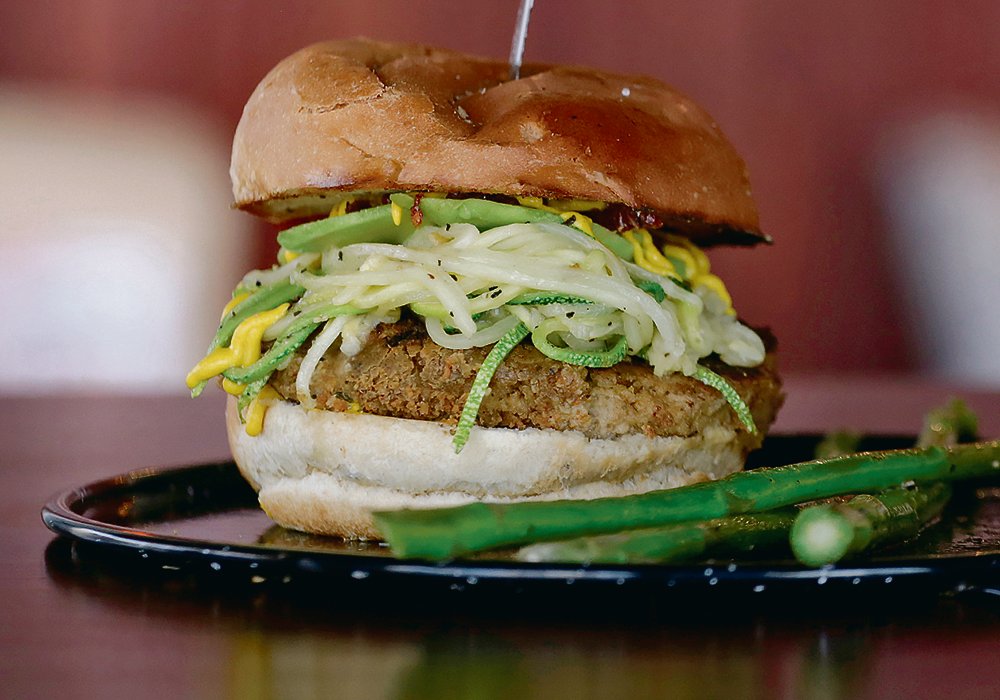Pulse demand expected to soar as supplies dwindle

Voracious demand for pulses in the United States is bumping up against a lacklustre supply of peas, lentils and chickpeas this year.
Tony Roelofs, trader with Columbia Grain, said fractionation plants and the U.S. pet food industry have been the main drivers of demand.
He said the U.S. will need to import record volumes of peas from Canada and other markets this year.
“We’ve certainly seen pet food demand continue to grow,” Roelofs told delegates attending a recent Ask the Experts webinar put on by the Global Pulse Confederation.
“Through the pandemic pet ownership continued to drive higher and higher and higher and people need to feed those pets.”
Mark Boryski, a trader with AGT Foods, said 80 to 90 percent of the yellow peas grown in the U.S. are sold in that market if government food aid purchases are taken into account.
Export markets can’t contend with food aid tenders that sometimes jump by US$3 to $4 per bushel. And markets like China and Bangladesh can’t compete with bids from the pet food sector.
But this year, both the domestic and international markets are facing a serious shortfall of U.S. pulses.
Jeff Rumney, vice-president of marketing with the USA Dry Pea and Lentil Council, estimates pea production at 551,120 tonnes or about half of last year’s harvest. Lentils fared a little better at 230,881 tonnes or about two-thirds of last year.
“Not only was it dry, it was very, very hot,” he said.
Carryout of both crops is expected to be minimal at the end of 2021-22, which is why farmgate prices are at 20-year highs.
Chickpeas were particularly hard hit. He is forecasting 137,576 tonnes of production, which is less than half of a normal crop.
Max Hinrichs, an exporter with Ardent Mills, said yields are much worse than originally anticipated. He was thinking they would be 1,000 pounds per acre but they came in at 720 lb. for small chickpeas and 843 for large.
“We haven’t seen yields that low for a long time,” he said.
The good news is the quality is far better than expected. Hinrichs figured it would be like 2017 when there were loads of small-sized chickpeas but that hasn’t been the case.
Justin Flaten, trader with JM Grain, said there will be plenty of competition for acres next spring from canola, flax, wheat and other crops but pulses should hold their own.
“We should be able to maintain our acres based on the price of nitrogen,” he said.
Boryski thinks acres will stay the same or may shrink a little due to this year’s production problems.
Rumney said farmers in the U.S. have generally been pleased in recent years with the performance of the first generation of fall-seeded pulses.
“We have some strikingly high yields with these autumn-sown pulses,” he said.
It has allowed pea production to expand out of North Dakota and Montana into new areas such as Nebraska, Colorado and Washington.
“We’re starting to increase our acreage and spreading our risk,” he said.
Fall-seeded pulses allow growers to capture early spring moisture and they bloom two weeks earlier than spring-planted pulses, so they avoid the yield-robbing hot temperatures.
But there are drawbacks.
“They do have some quality issues,” said Rumney.
“The colour isn’t quite as bright in the yellow peas as it is in the traditional spring-planted ones, but I think that’s something the plant breeders are going to fix.”
Source: www.producer.com

